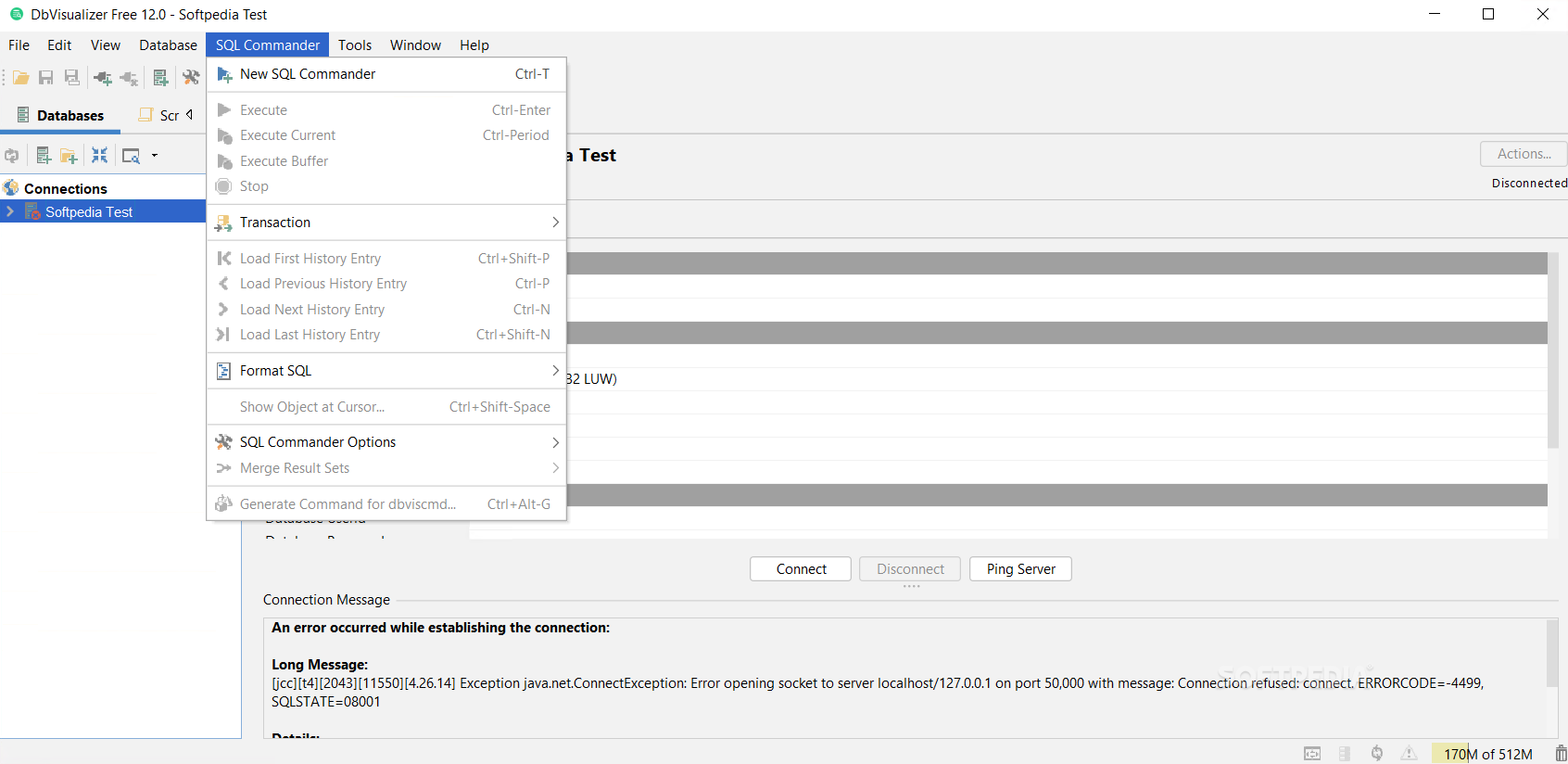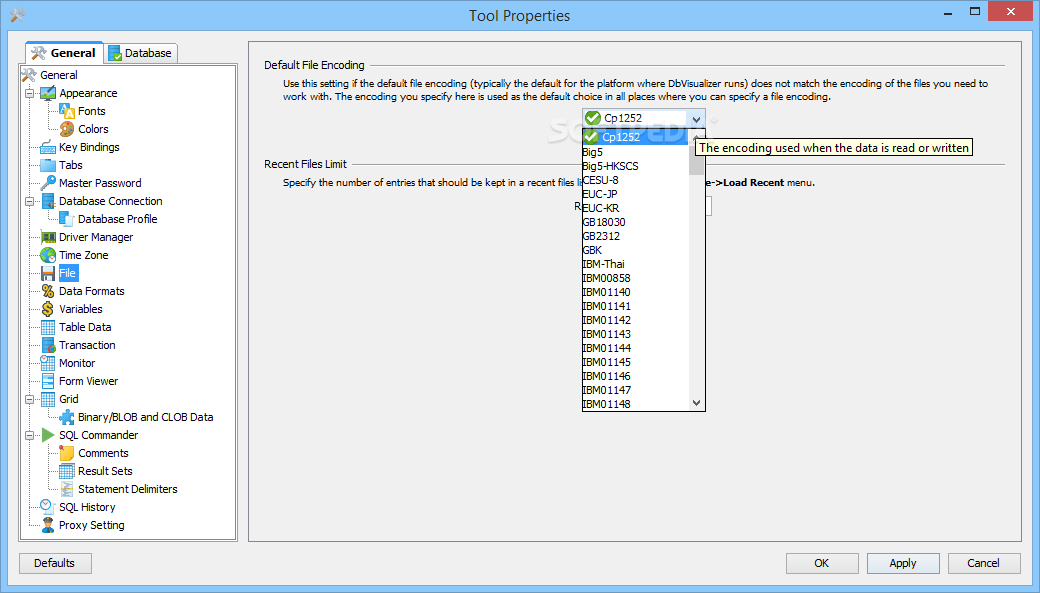

You will also find the sample data used in the following examples. See the Modeling JSON Data chapter for more information on configuring the relational representation. The tables contain a primary key and a foreign key that links to the parent document. Relational: Return individual, related tables from hierarchical data.FlattenedDocuments: Implicitly join nested documents and their parents into a single table.The data provider returns nested elements as aggregates of data. Document (default): Model a top-level, document view of your JSON data.The DataModel property is the controlling property over how your data is represented into tables and toggles the following basic configurations. See the Getting Started chapter in the data provider documentation for authentication guides.Īfter setting the URI and providing any authentication values, set DataModel to more closely match the data representation to the structure of your data. The major authentication schemes are supported, including HTTP Basic, Digest, NTLM, OAuth, and FTP. See the Getting Started chapter in the data provider documentation to authenticate to your data source: The data provider models JSON APIs as bidirectional database tables and JSON files as read-only views (local files, files stored on popular cloud services, and FTP servers). The syntax of the JDBC URL is jdbc:json: followed by the connection properties in a semicolon-separated list of name-value pairs.
Dbvisualizer cell form read only driver#
Driver: Select the driver you just created.ĭatabase URL: Enter the full JDBC URL.If you selected the "No Wizard" option, select the Generic or Auto Detect option in the Database Type menu. Database Type: If you selected the wizard option, the database type is automatically detected.

In the Connection section, set the following options:


 0 kommentar(er)
0 kommentar(er)
